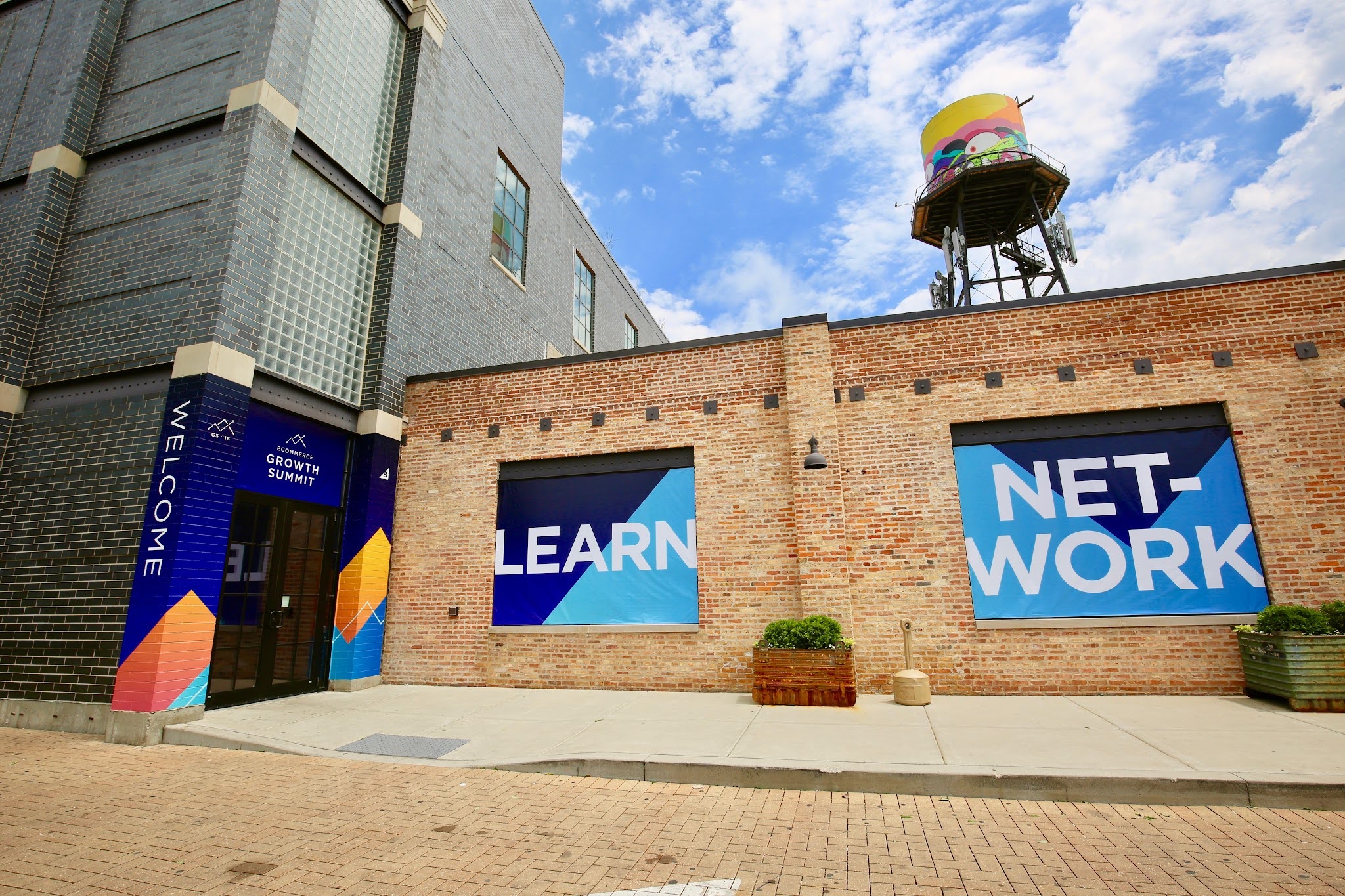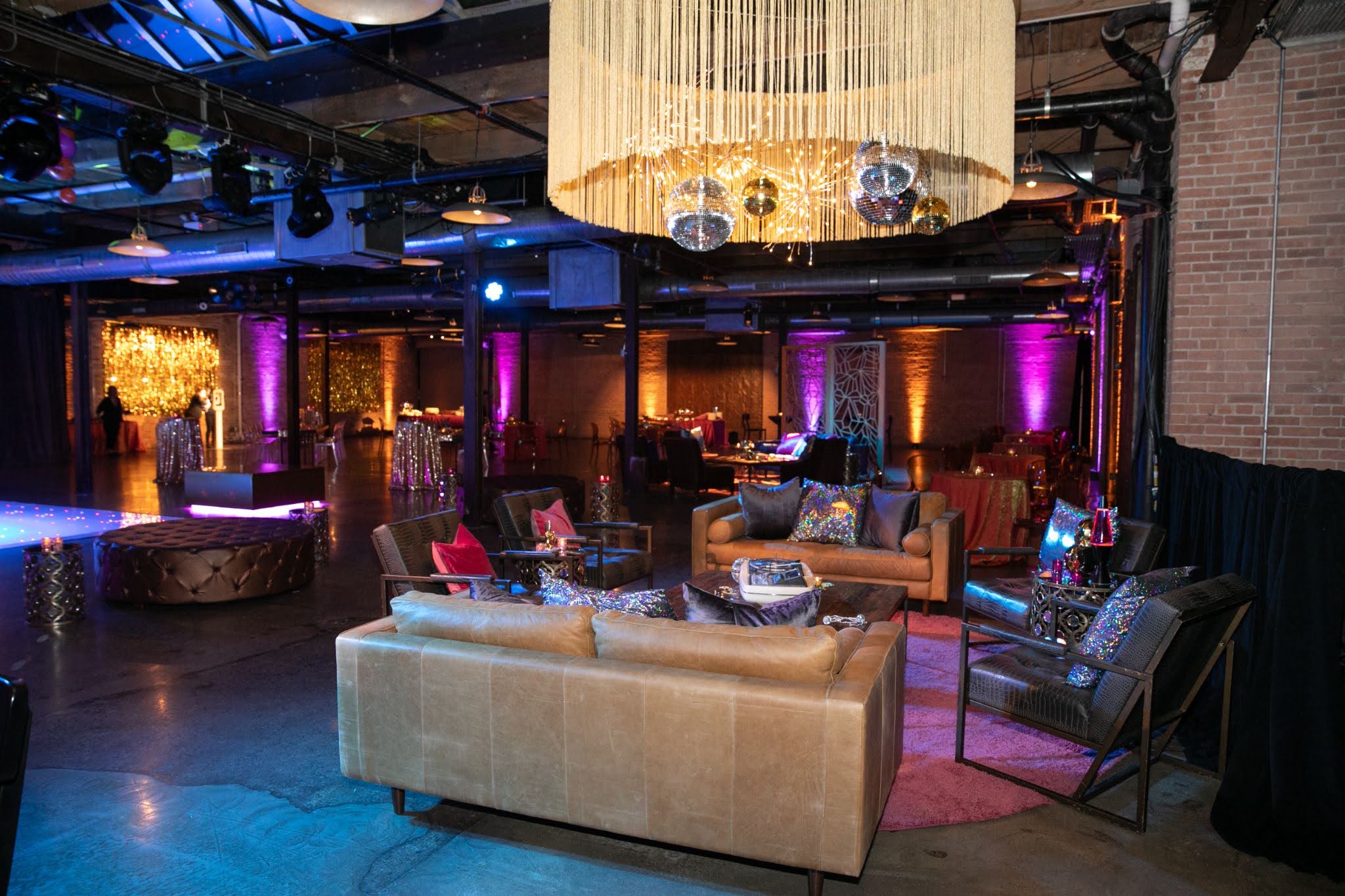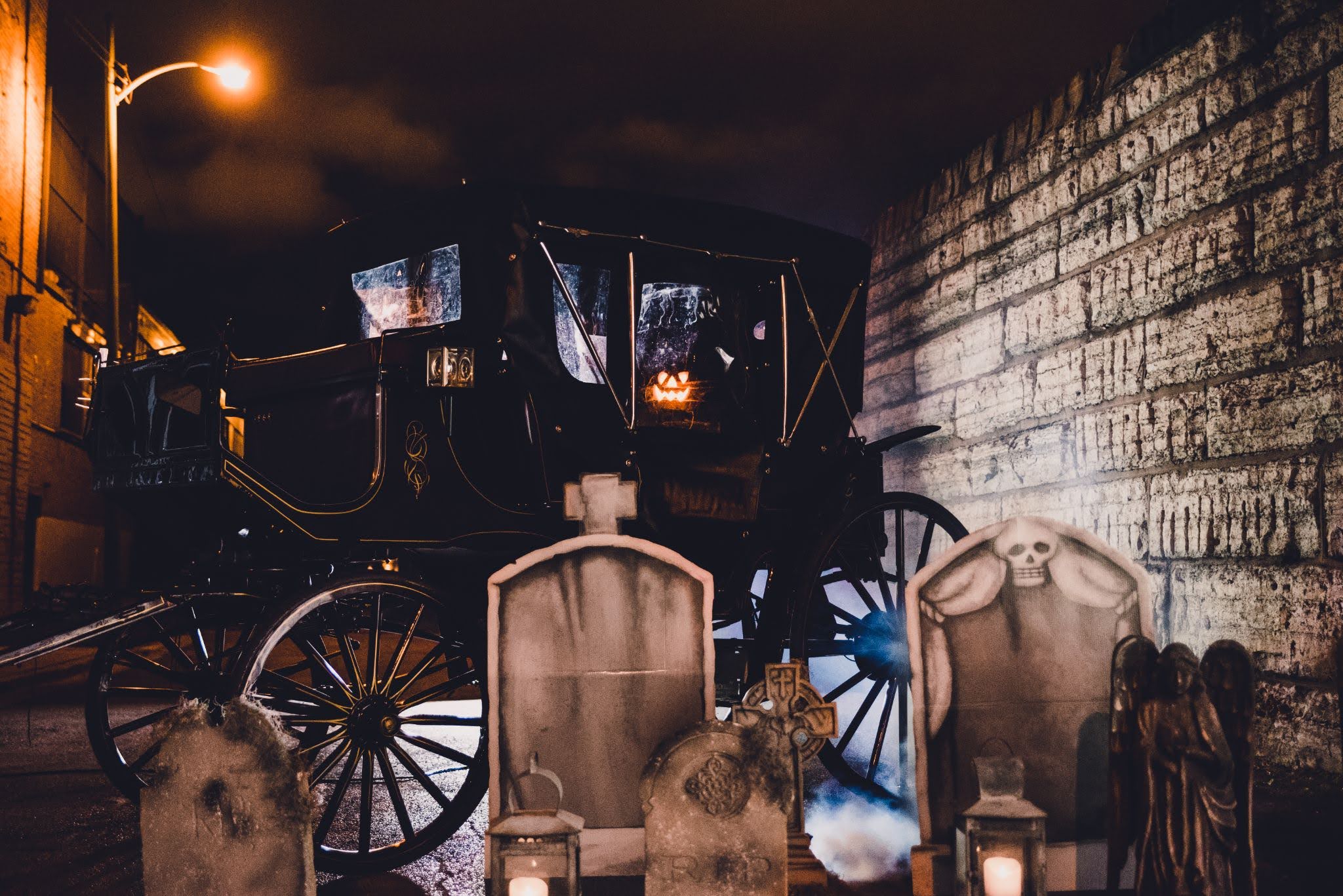As Event Producers, we face the question of, “how are we optimizing our guests’ experience?”, but are we truly ensuring that it is benefitting ALL of our guests? Accessibility and Inclusion have been a hot topic within our industry for years so when listening to the chatter throughout social platforms regarding ADA and DEI needs, we find ourselves asking, “what can we, as event producers, do about this?” As a wife to a Quadriplegic man and a bonus sister to a wonderful Down Syndrome brother, this is something that is always top of mind for me (even without being an expert).
The first step is properly identifying those with a disability and acknowledging their needs. The CDC describes having a disability as the following: “A disability is any condition of the body or mind (impairment) that makes it more difficult for the person with the condition to do certain activities (activity limitation) and interact with the world around them (participation restrictions).”
As you can see this is much more than someone in a wheelchair or who has a cane, disability is an overarching term that includes, but is not limited to, the following groups:
- People who are blind, have low vision or live with color blindness
- People with mobility issues and physical disabilities

- People with fine motor disabilities such as those who cannot turn pages
- The D/deaf and Hard of Hearing Community
- People with learning disabilities such as dyslexia or ADHD
- People with head injuries, trauma, or cognitive disabilities
- People who don’t speak the language of your event as one of their primary languages
- Auditory learners
- Aging populations
- People with situational or non-permanent impairments (injuries, migraines, lost their glasses)
Not all disabilities can easily be recognized, and as humans, it is important that we carry compassion and empathy even though one’s disability might not be seen. With that being said, my personal experience and wheelhouse lies within physical disabilities as this is something that my husband and I live with on a daily basis. Being married to a Quadriplegic man, I often experience spaces that are not intentionally built for him, such as a building with only stairs to enter, or elevator access on the opposite side of the restaurant so you have to go through the back of the house to enter the “guest” space.
In the following paragraphs, I will be sharing important information, based on my personal experience and education, to provide guidance to host fully accessible events for all, with an emphasis on physical accessibility within an event space.
What is accessibility and why is it important?
Accessibility means that all people can perceive, understand, navigate, and interact with electronic information and be active, contributing members of the digital and physical world. Visual, auditory, physical, speech, cognitive, and neurological disabilities should be taken into account when implementing accessibility measures. This is important because everyone has the same right to have access to events and activities that we are hosting.
Is the location we are hosting our event accessible to all?
With a better understanding of who is part of the disabled community, it is important to know when and how to address their specific accommodations and needs. Planning for an accessible and inclusive event starts from day one and choosing the venue is only a small part of the accommodations. Ask yourself the following questions when looking at the area surrounding the venue. ![]()
- Does the town have sidewalks that are well paved for a wheelchair to navigate?
- Does the town have easily accessible transportation to and from the airport?
- Do they have vocal guides at sidewalks for those with visual impairment?
With these questions answered, the next step in creating an accessible event is evaluating venue accommodations. Although a hotel might have ADA sleeping rooms, this does not mean that they are fully accommodating for all disabilities. For example, when my husband, Mitch, and I were traveling for a Wheelchair Rugby tournament, I had to move a dresser with a TV on it for him to move throughout the hotel room freely. (Luckily he has me around to do the heavy lifting!) Those with physical disabilities that are traveling alone may need a smooth threshold roll-in shower with a lower shower head and grab bars instead of a shower with a tub. Or individuals with low vision or are blind may need to bring their service animal and need a braille emergency plan. It is why I would recommend, when doing venue tours, ask the event sales manager about their detailed accessibility plans and alternate options, allowing one to better prepare and understand what accommodations can be hosted at this venue.
“ADA accommodations are the starting block not the end goal”, said Sam Evans, CAE, ICE-CCP, MBA. During the registration process it is important to give our guests the opportunity to express their needs openly and in a position where they will not be judged similarly to how we ask if anyone has a dietary restriction. ADA accommodations are a generalized base level, but as event professionals we should intentionally curate proper accommodations especially when the guest has given their needs to us. If we can not reach these accommodations we need to be transparent with our guests allowing them to make their own decisions based on their own capabilities.
How to make our event space accessible!
Confirming the event space is accessible is the next step in ensuring an accommodating stay for all guests. To begin, remember to check the following:
- Are there lower ADA height check in counters?
- Are there steps involved along any of the paths of the event that don’t also have ramp accessibility?
- For the visually impaired, are there large-scale printed directional signage, or people available to assist during transitions?
- Does the signage have a clear font and strong color contrast? (Check here to see if your colors pass the accessibility check)
- For your receptions, are you using a mix of low cabaret tables along with high boys?
- Are you sourcing a mixture of seating options and chairs that can easily be moved for wheelchair users and guests with mobility limitations?
- Are there ramps for transitions with a lip or step?
Although it feels like the checklist is endless, these are just a few starting points to address when planning our event spaces. These adjustments can benefit all of our guests and not just those with special accommodations and/or needs! (I personally believe that is the best part!)
Ideas to make our event program fit for all
Now that the space is physically more functional for our guests we can work on creating an accommodating event program. I was able to attend MPI’s Summer Share highlighting “Accessibility in Events: Is My Event Inclusive?” featuring guest speaker Samantha Evans.
A few idea’s came to mind after listening to her speak:
- Starting with all visual assets (i.e. registration websites, PPT Presentations, printed materials, graphics, etc…), we need to ensure that we have strong color contrast, alt text behind digital images (the description of the image that is built into the website or app, to read more about alt text go here), and captions on all event images, web or print based.
- Braille options if preferred by the guest who has low vision or is blind as an alternative for all printed goods.
- CART captioning- (Communication Access Real-time Translation)- this is the most accurate closed captioning option which includes speaker titles and grammar. (This is also a great tool for sharing the meeting transcript, and your marketing department will LOVE IT!)
- For those utilizing screen readers (text to speech enhancements) ensure that all graphics have a description so they do not lose out on any of the content shown in digital graphics.
- Camel Caps- making sure you are capitalizing the first letter of each word to ensure clarity for readers when hash tagging. #AccessibilityForAll (especially to ensure accuracy for screen readers!)
- Have a staff member by the ballroom doors or entryway if there is no “push entrance button.”
Fun Fact: Someone who needs an accessible website can see if your website is accessible in only 8 seconds.
Digital accessibility is a huge factor in having successful accessible events in-person or online. While researching, I stumbled upon a few articles with valuable information that can help create successful digital assets and events:
Angie Aguirre on Making Your Webinar Accessible – Angie Aguirre’s article where she speaks about accessibility in a Webinar hosted by INDEX “where accessibility comes first!”, and review accomodations from CART captioning to screen readers.
Digital Accessibility: Why? For Whom? How? – Digital Accessibility discusses what web accessibility is, what it emcompasses, and advises to achieve digital accessibility.
Online Events Accessibility Guidelines – Best practices and how to set up accessible platforms including Zoom and Powerpoint.
Why are we doing all this?
The freedom to fully participate in society, including your events, is a fundamental civil right. The ADA (Americans with Disabilities – Act of 1990) decided that all people with disabilities deserve the same rights as those who are able bodied. It is our job, as event professionals, to ensure that all events are living up to these standards. My husband and I have personally experienced how difficult it is to participate in an event that is not inclusive. This has left us feeling unwelcome, unwanted, and undermined by society.
There are hundreds of reasons that I strive for accessible events, especially after learning more about diversity, equity and inclusion from both my personal and professional life. While planning events there are a few things that I try to keep in mind.
- At Least 27% of the US population identifies as living with a disability.
- You are giving the guest the opportunity to genuinely feel included and wanted.
- It’s the right thing to do (and we are legally obligated to do it!)
- I’m dedicated to ensuring our Diversity and Accessibility Statements are more than just words.
When hosting, we want ALL guests to feel welcomed, wanted, and included. As Event Professionals, it is our job to make sure that this happens by making our events inclusive to everyone, including those who require special accommodations. By asking the questions, paying more attention, and ensuring our event is accessible, we then offer a safe place for these guests to worry less, enjoy these moments, and authentically be themselves. As you reflect on this post, I hope you are able to look at special accommodations as an opportunity to curate an inclusive experience and incredible event that is inviting to all. Keep chatting, connecting, and creating inclusive spaces.
Written By Sarah Winkelmann





